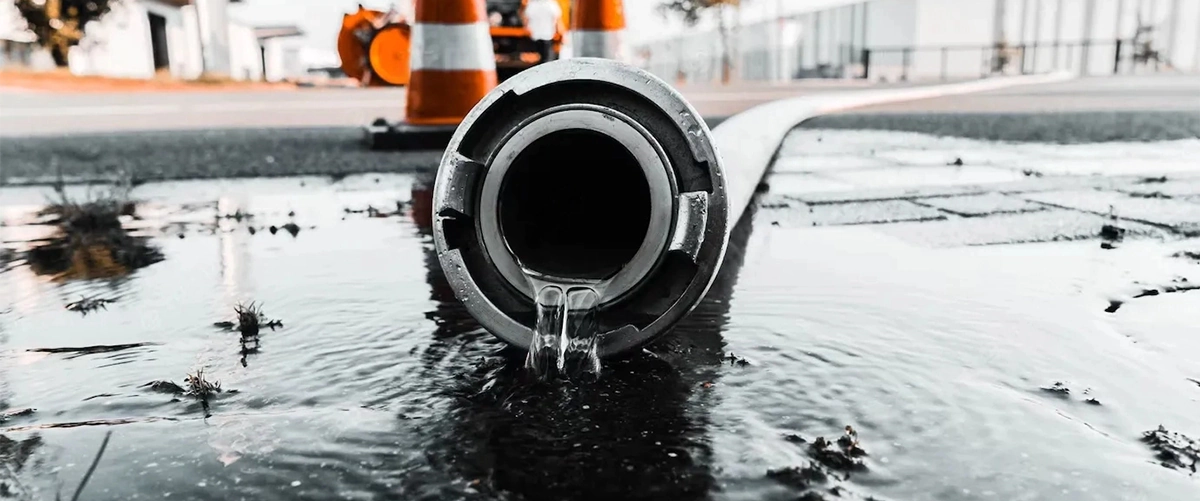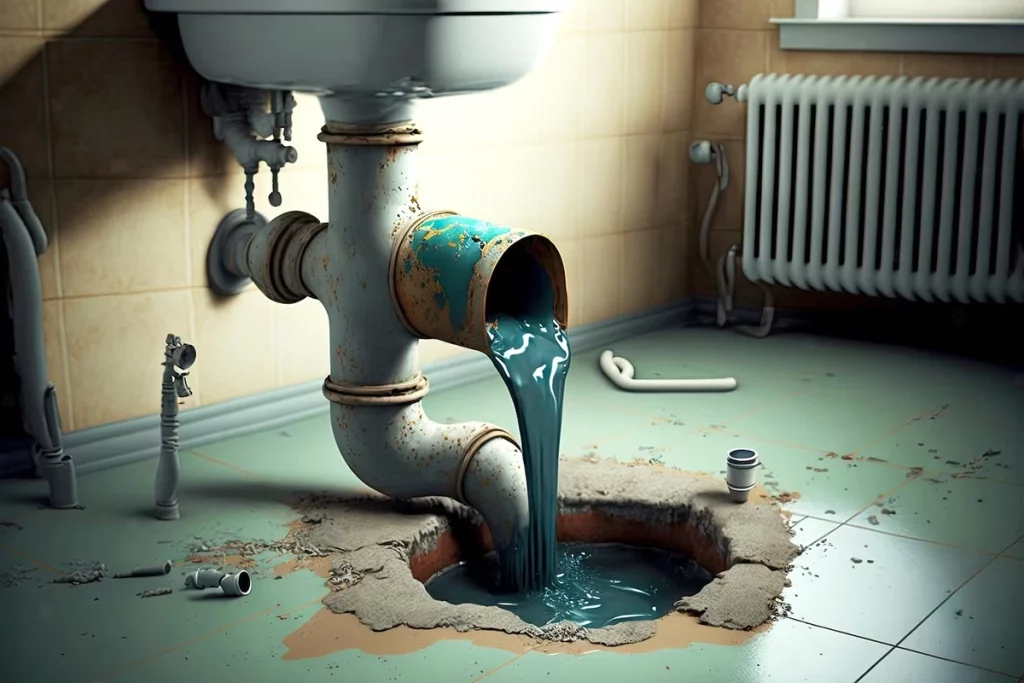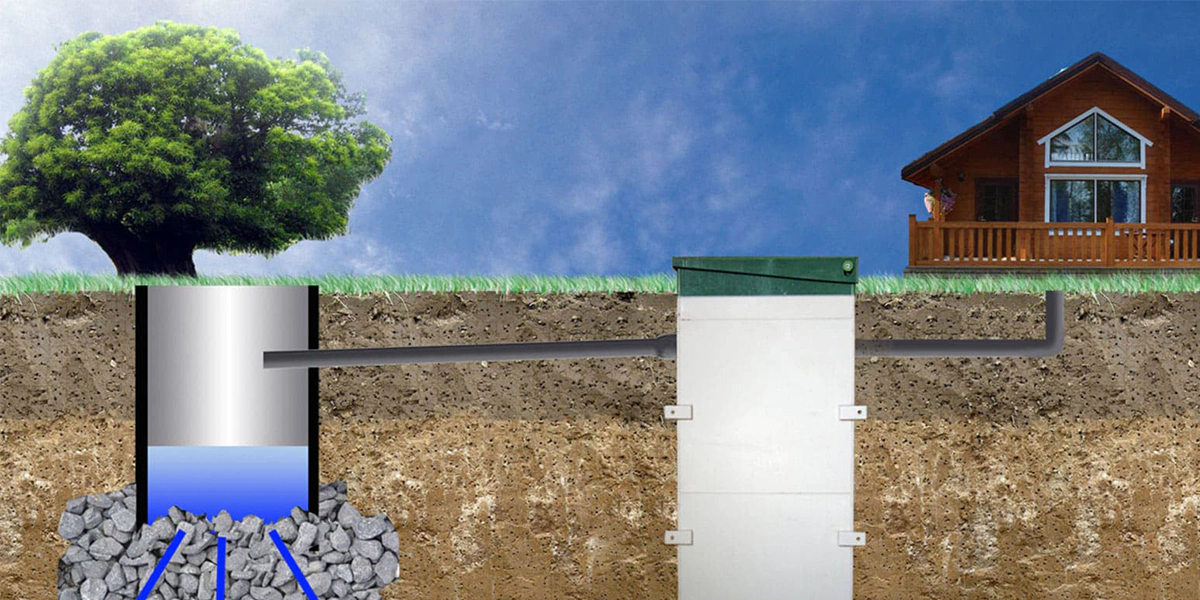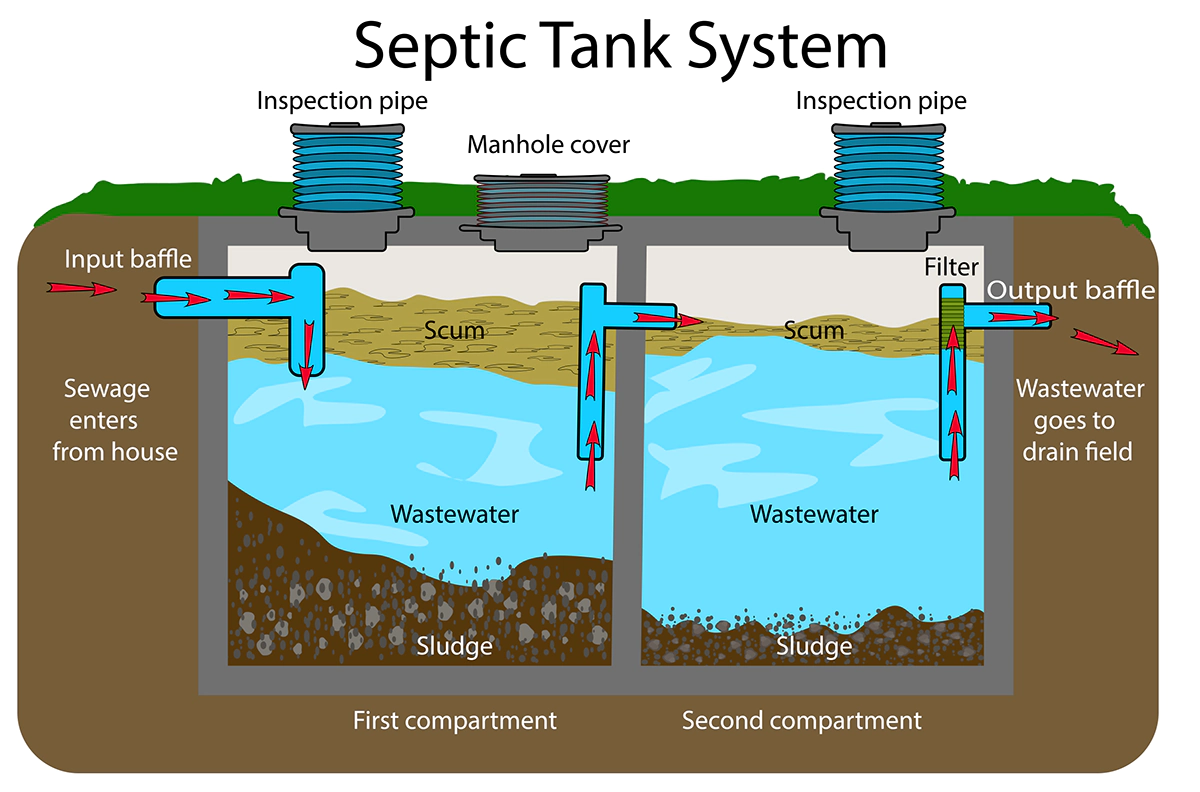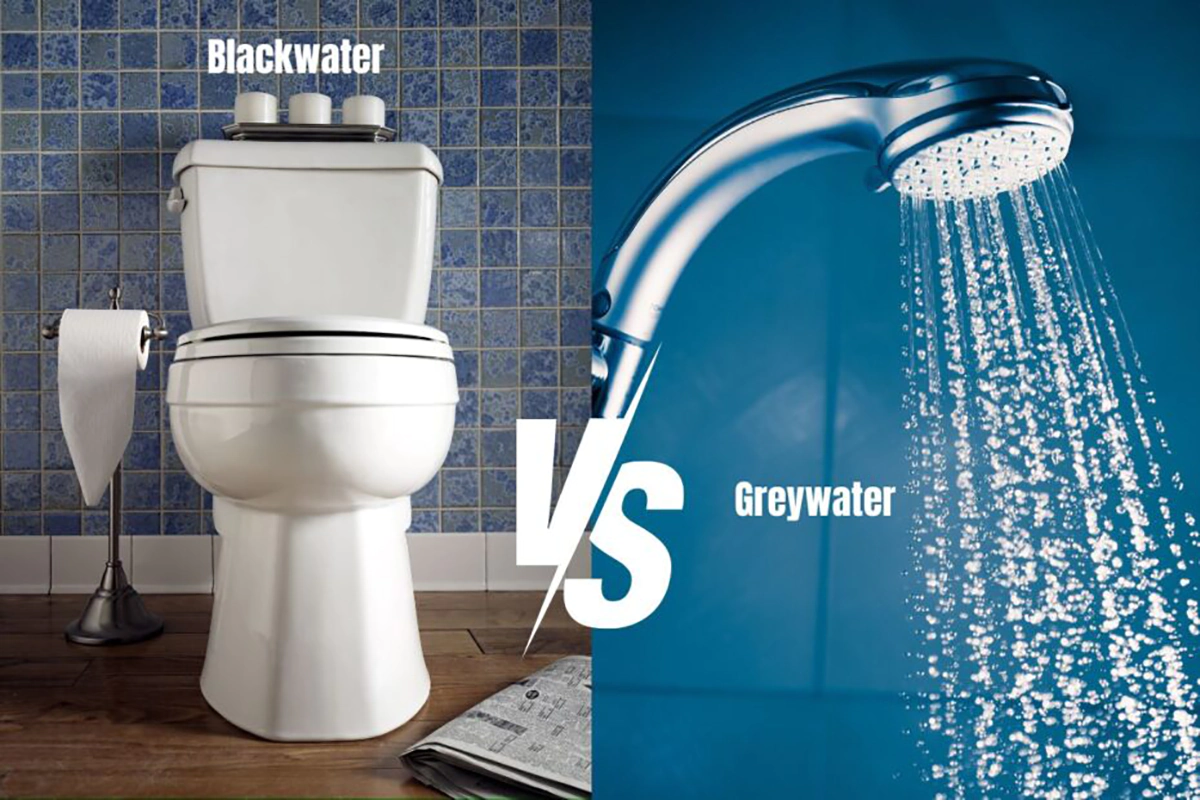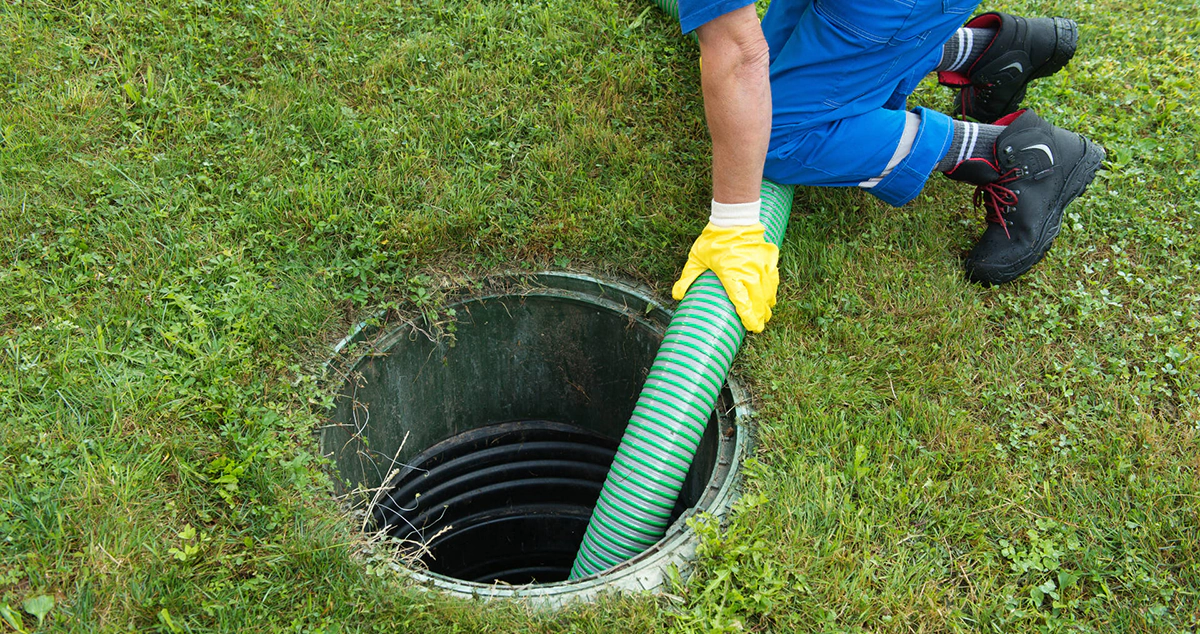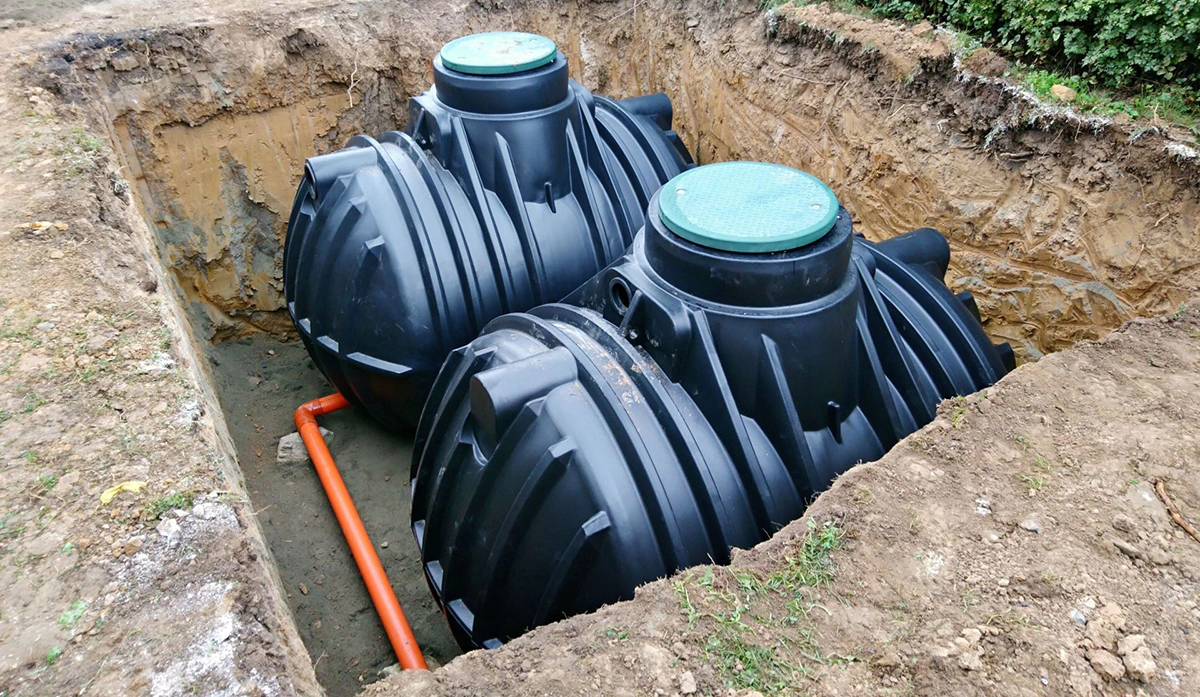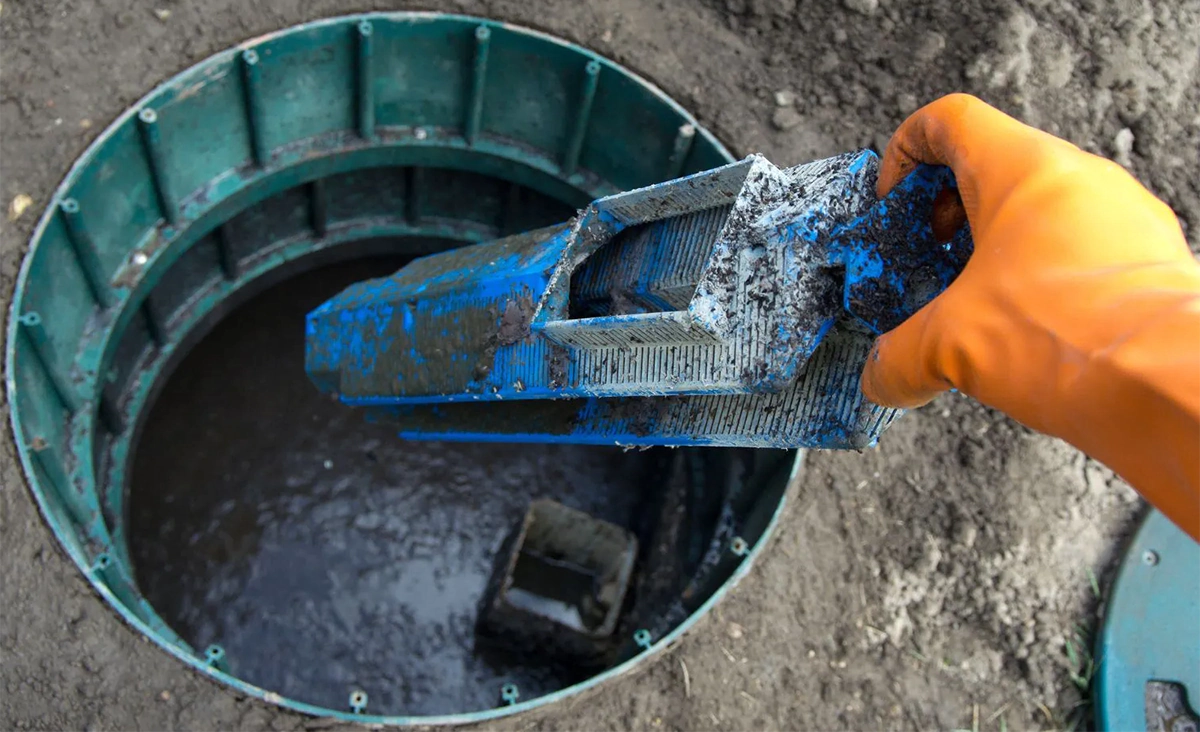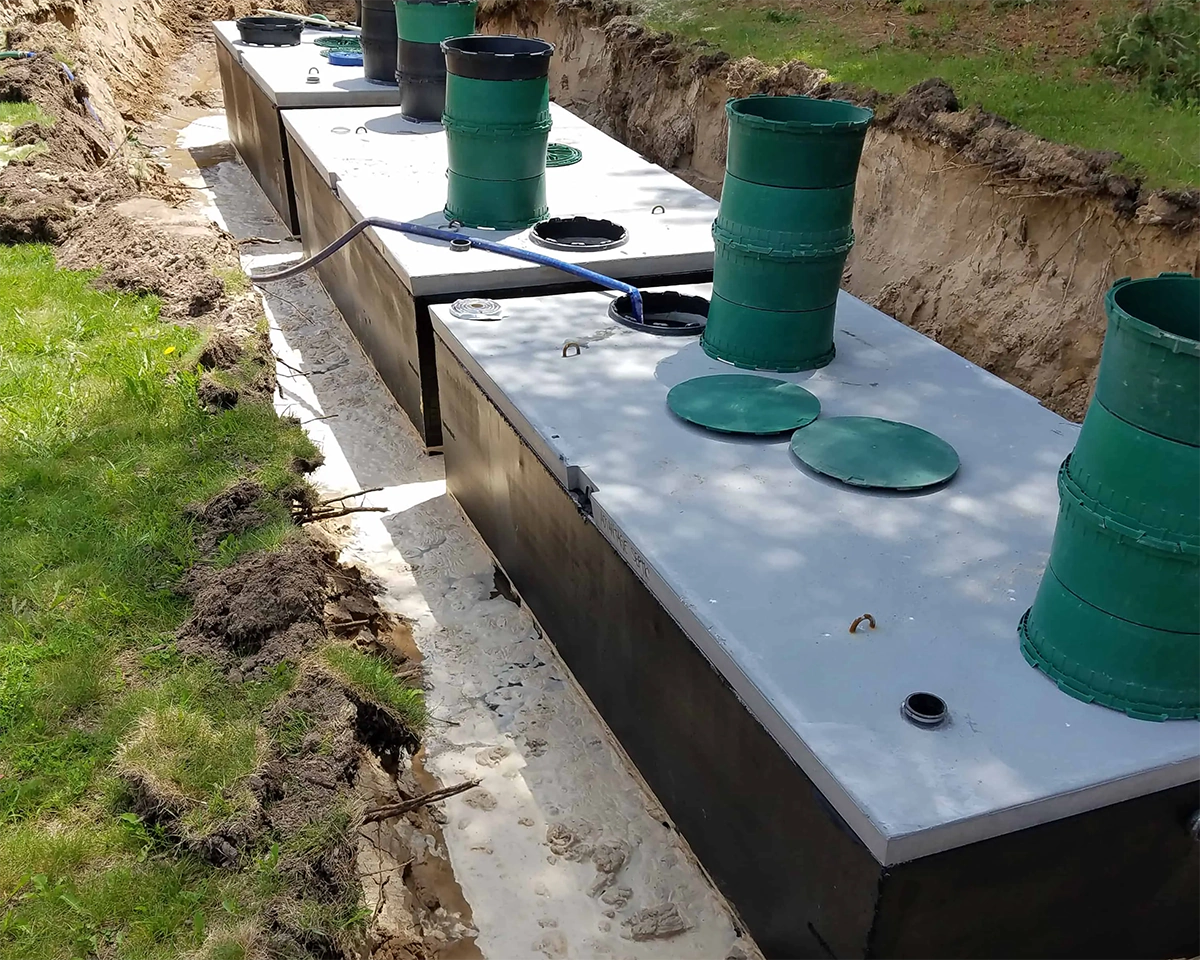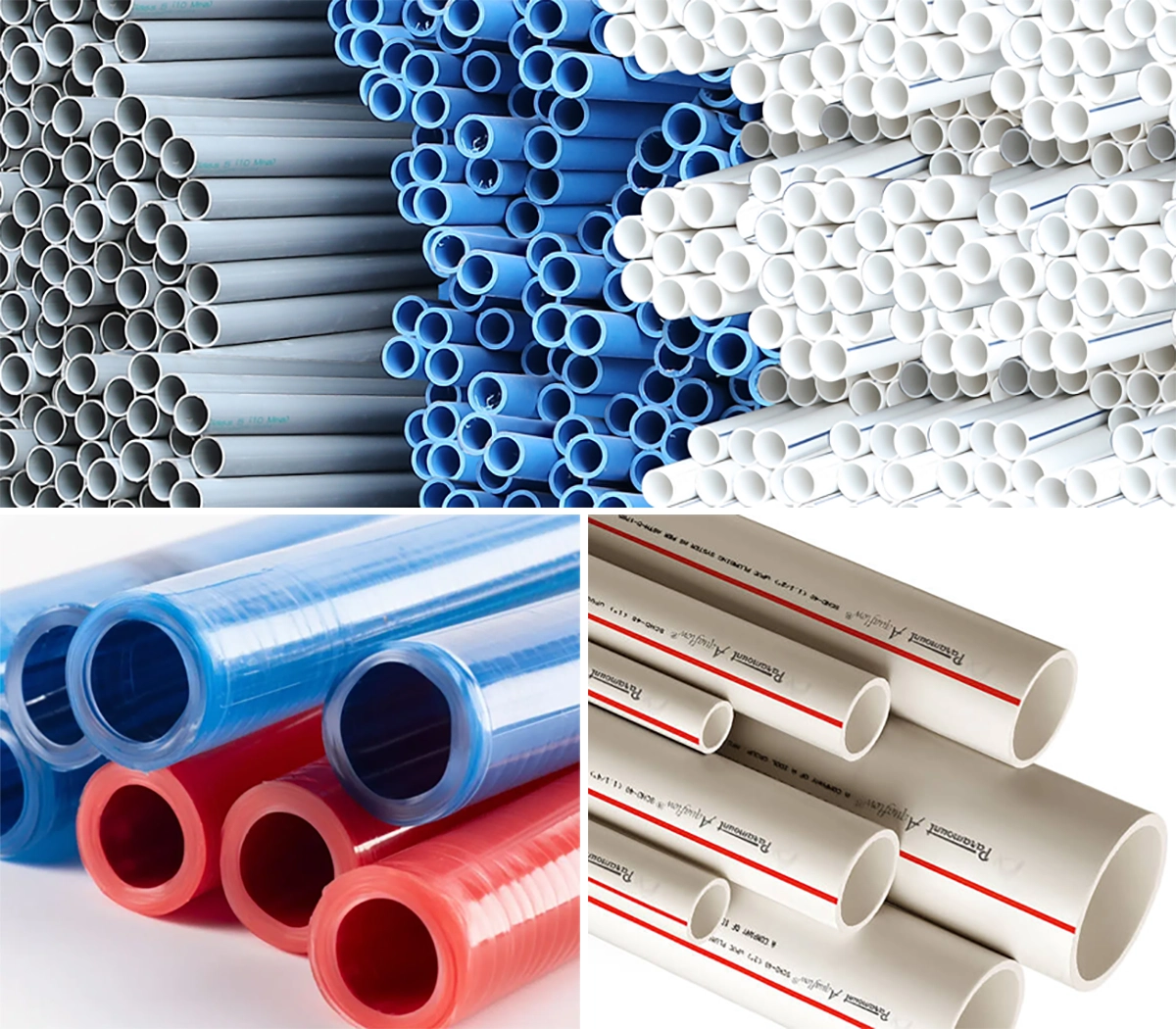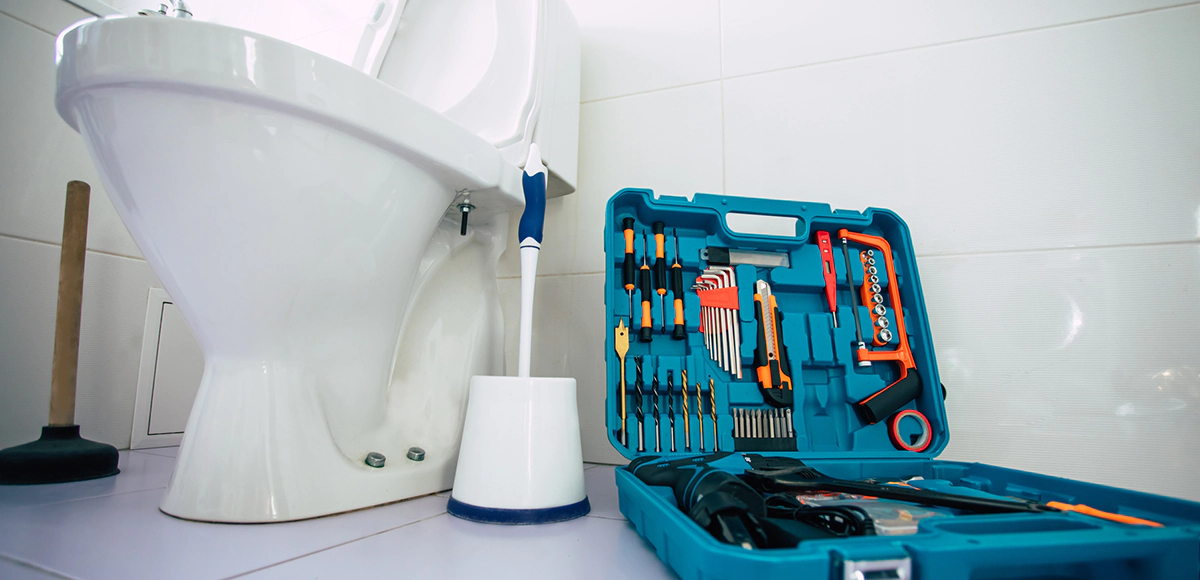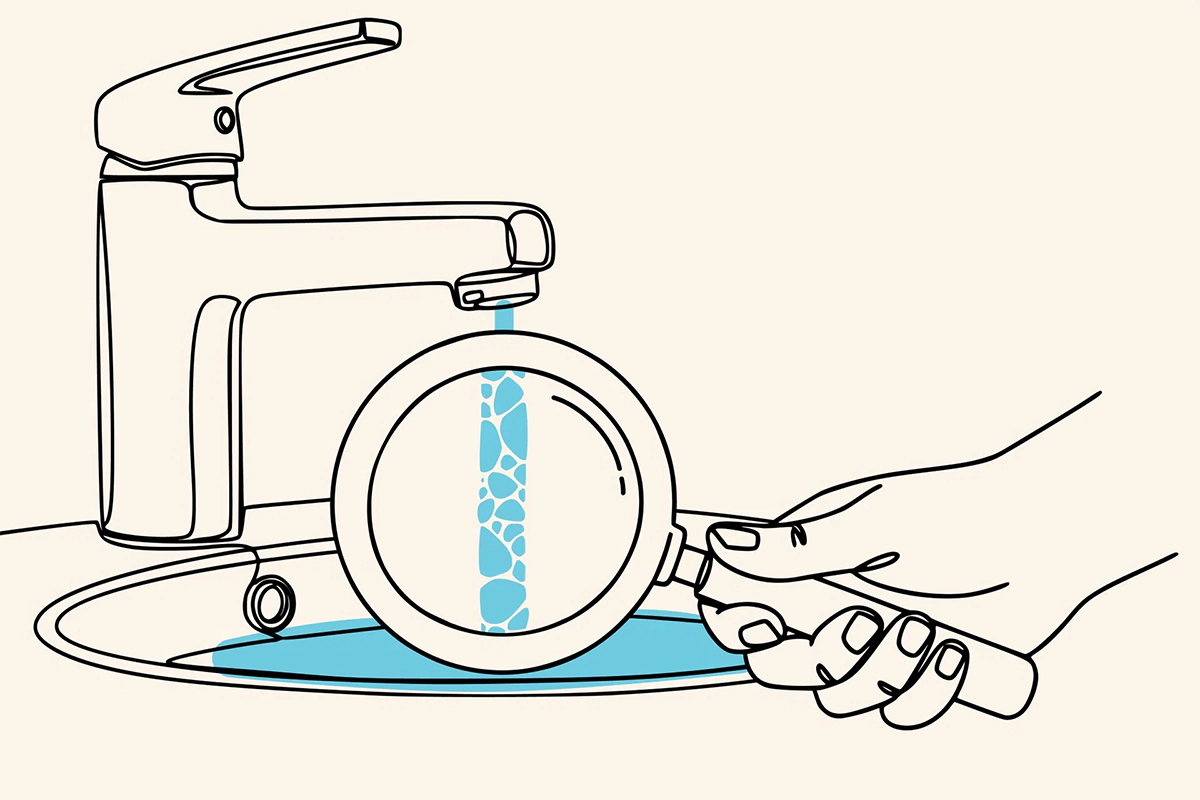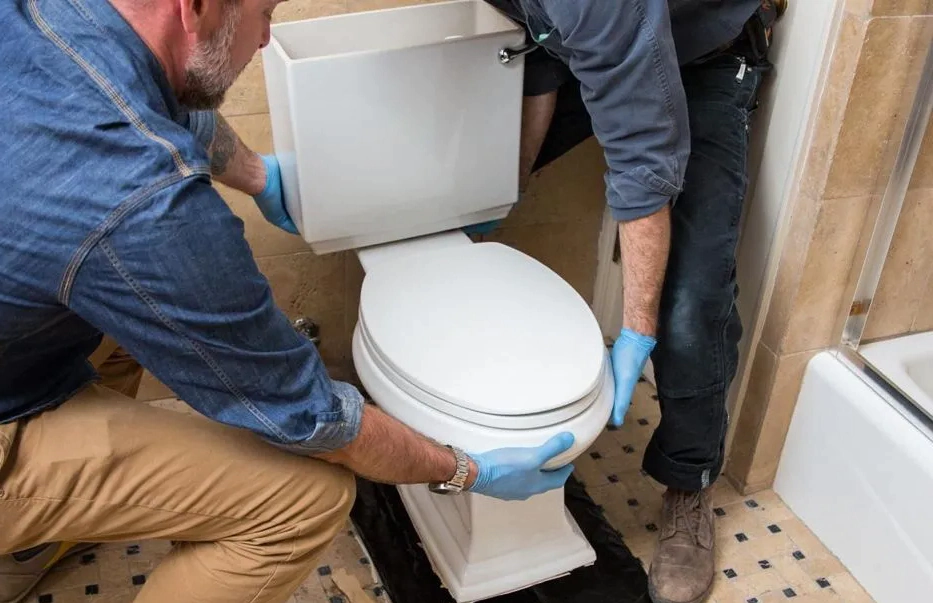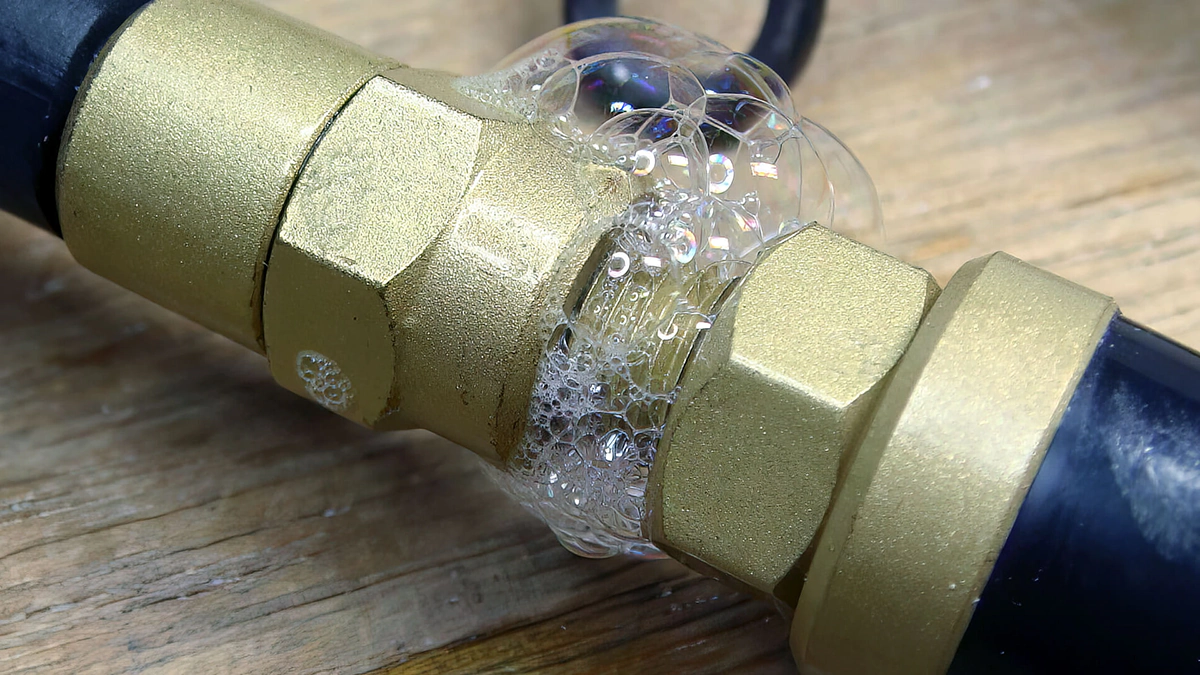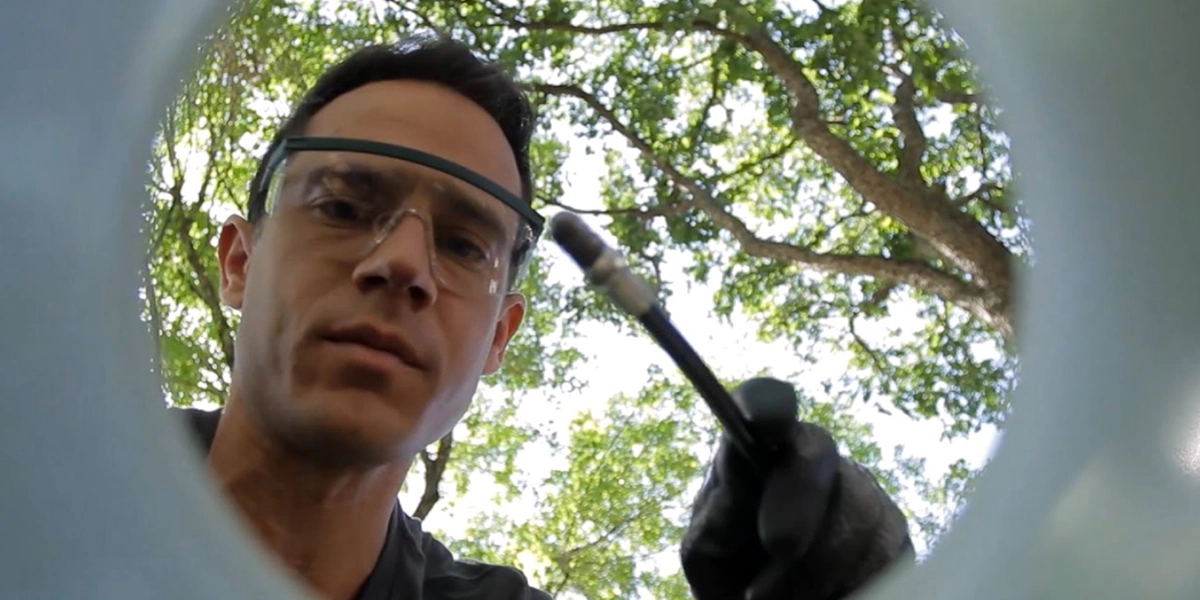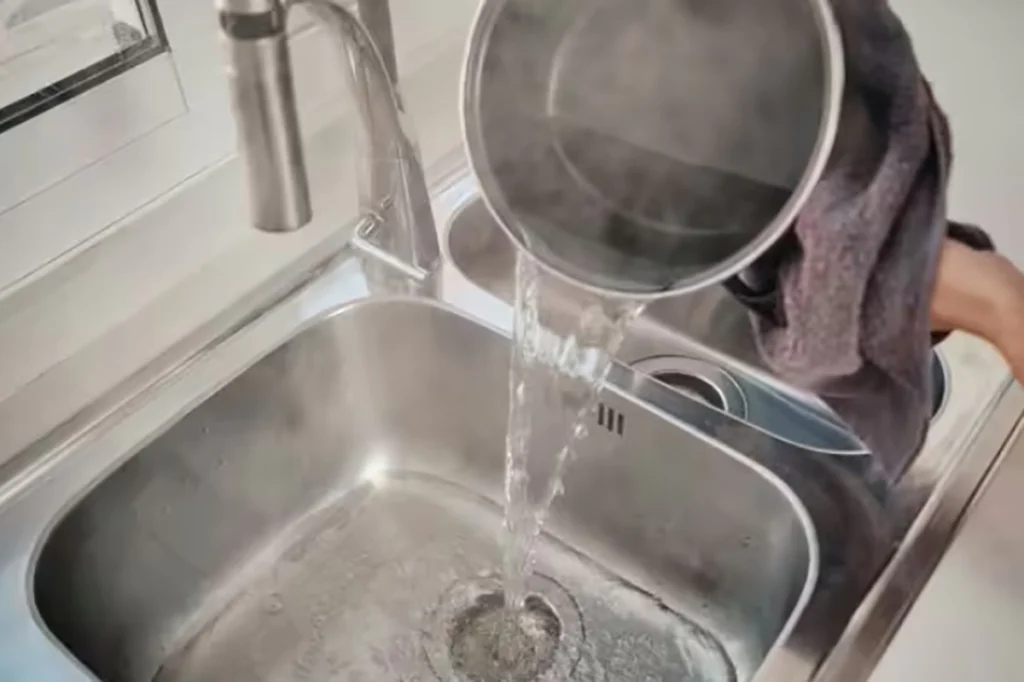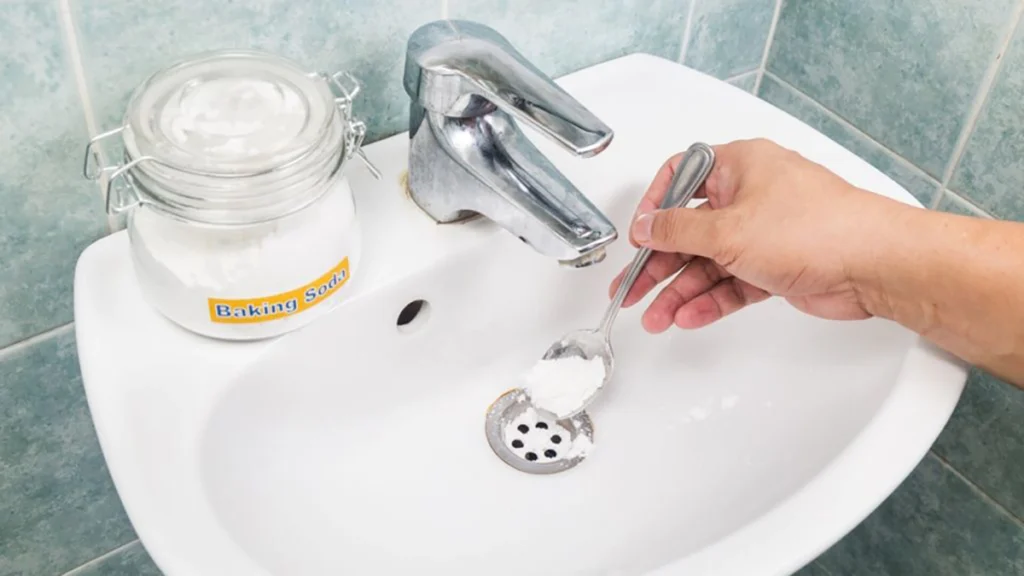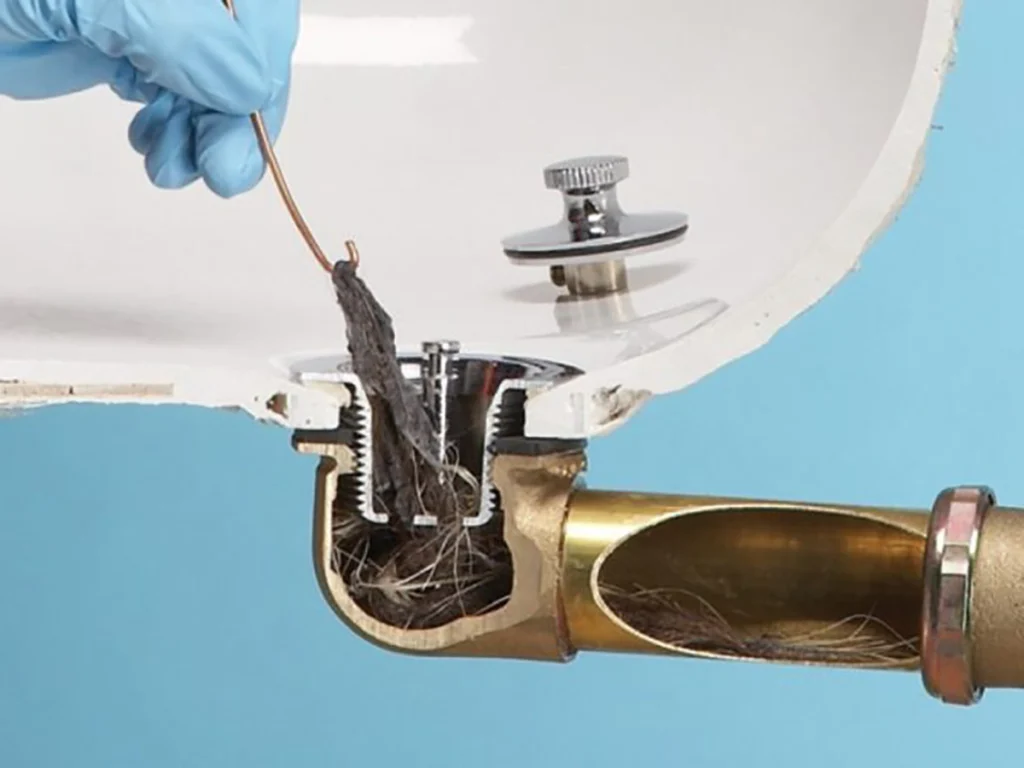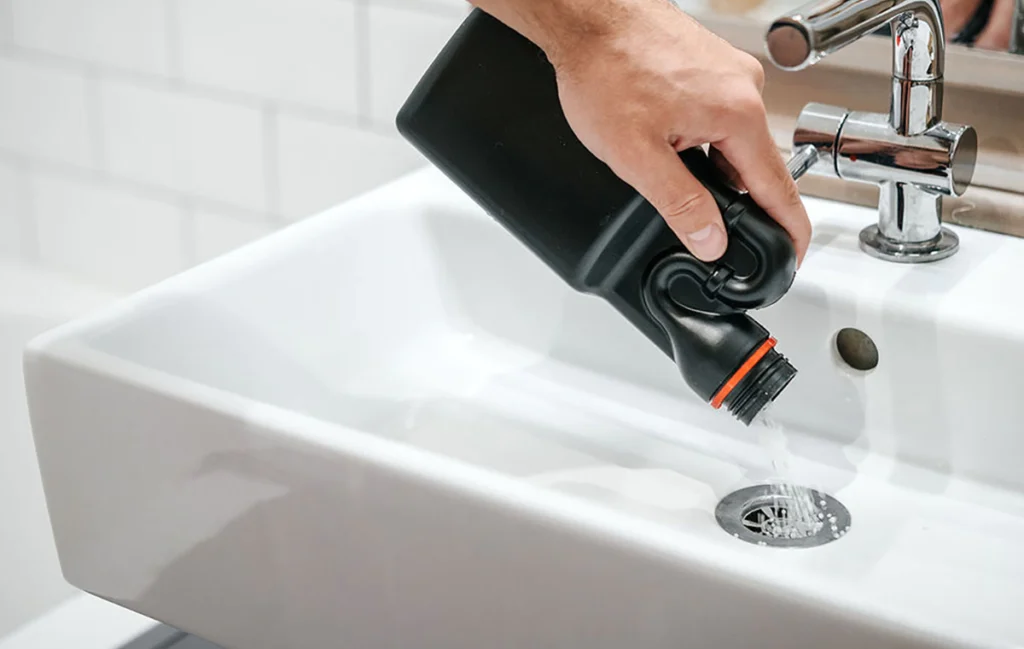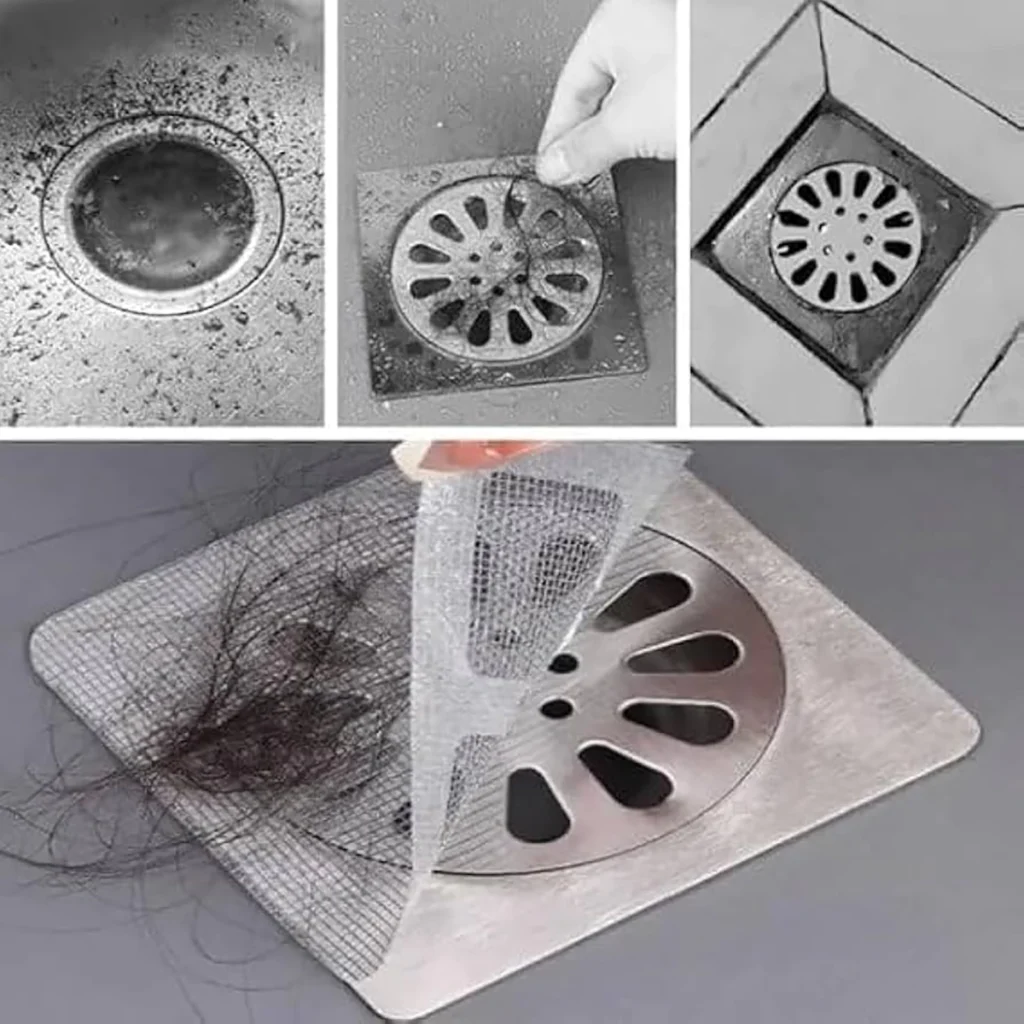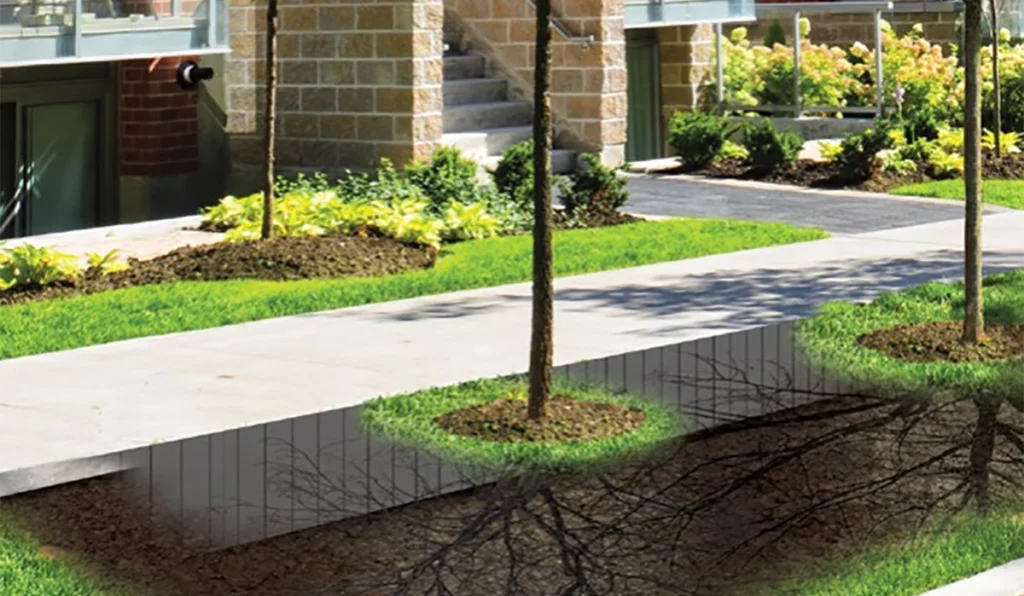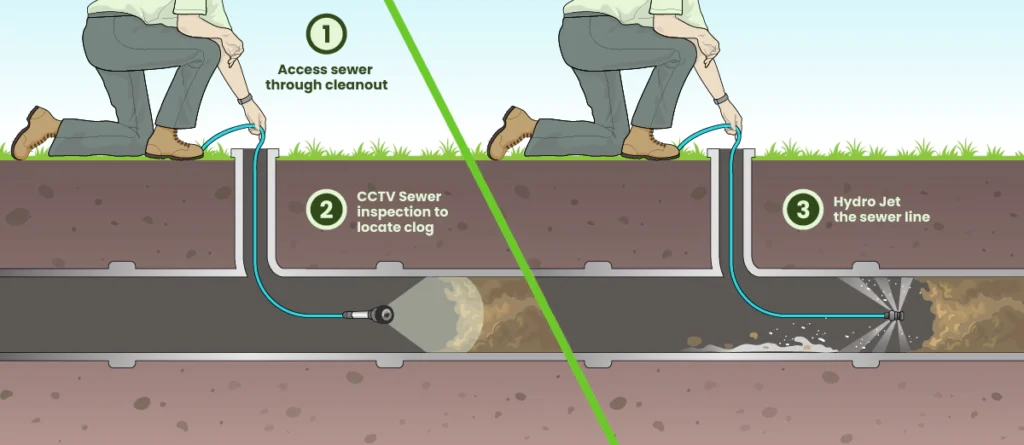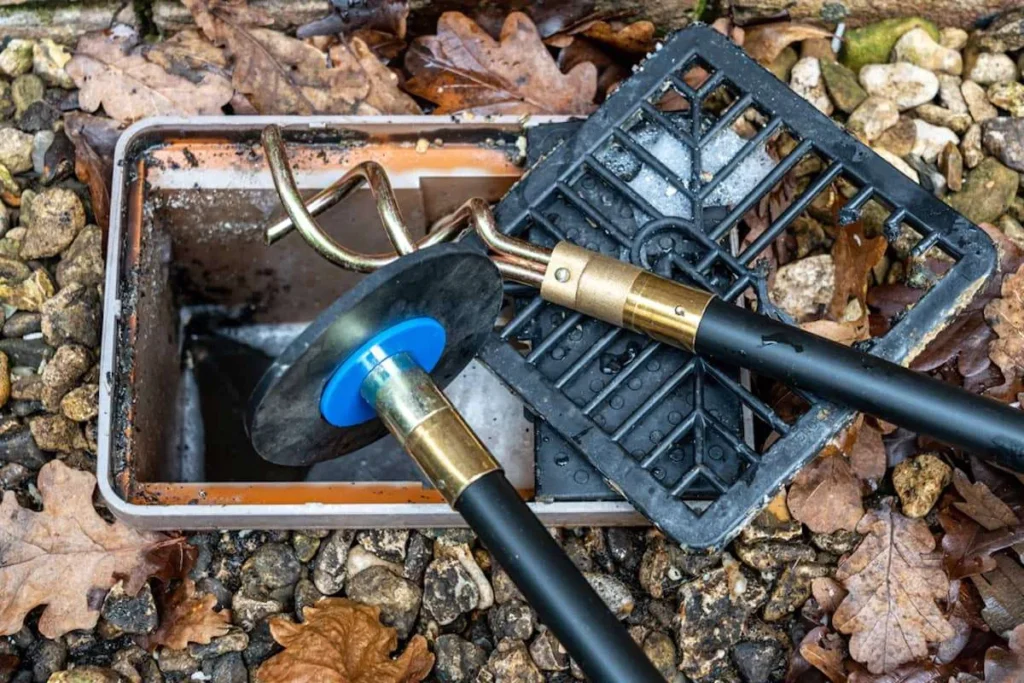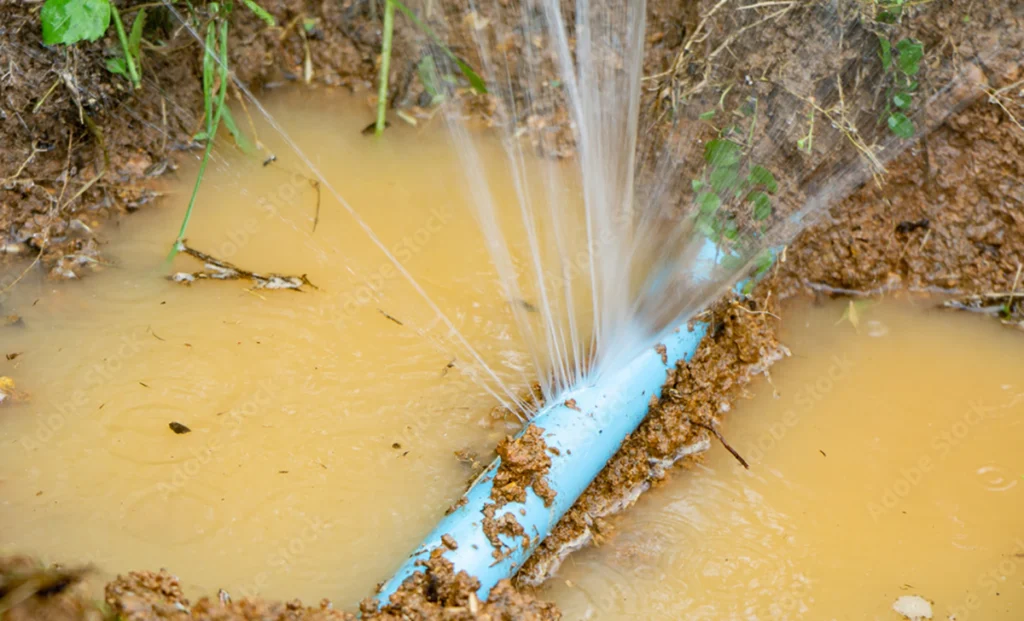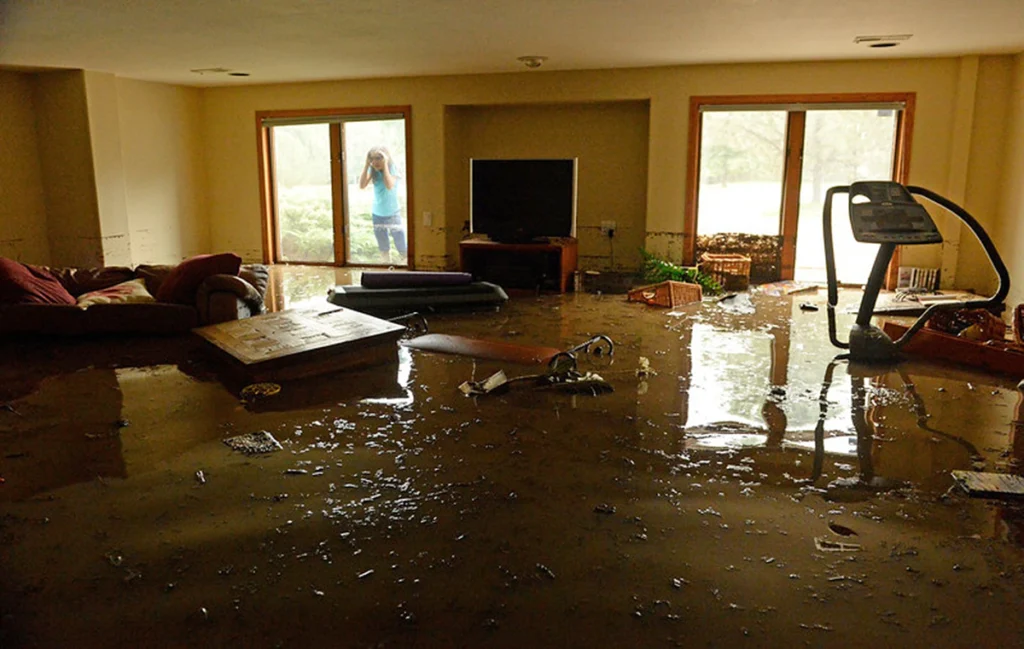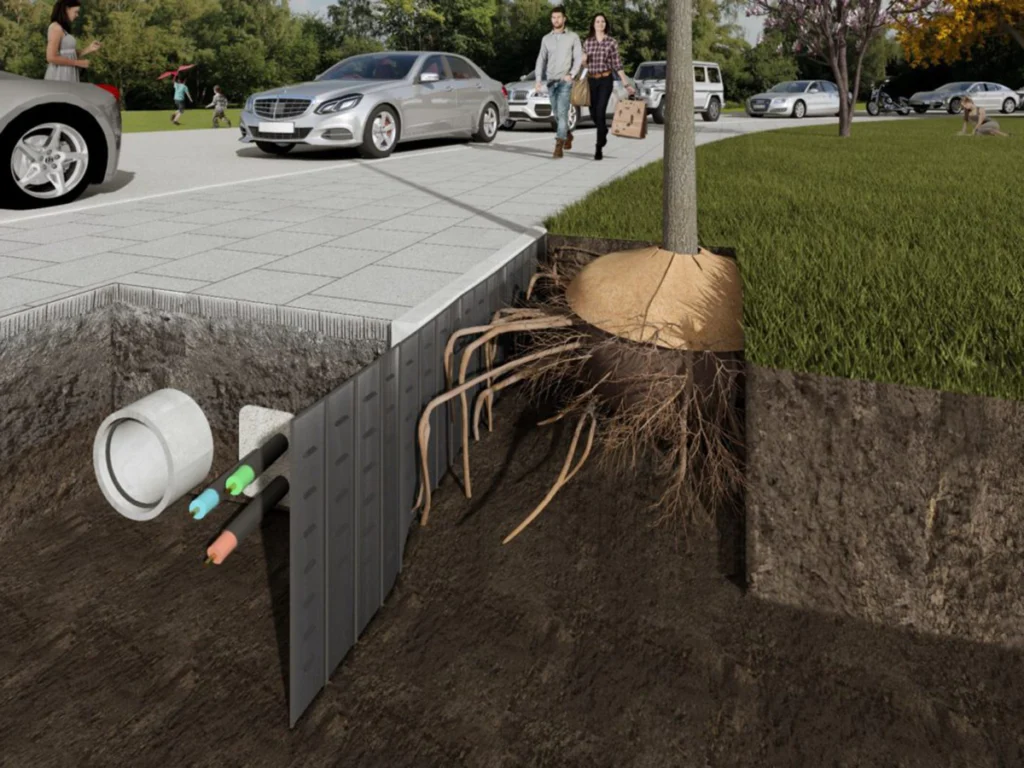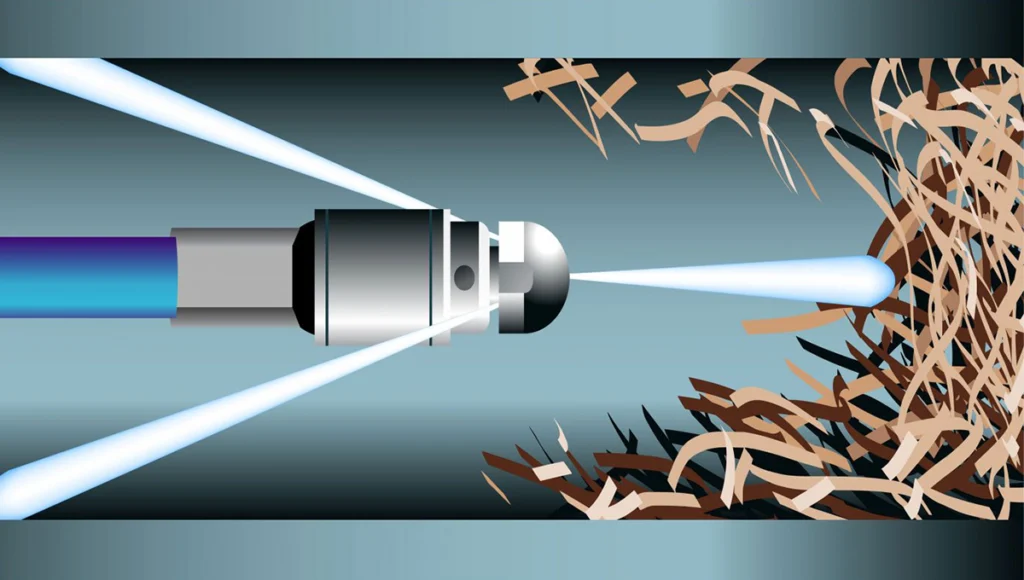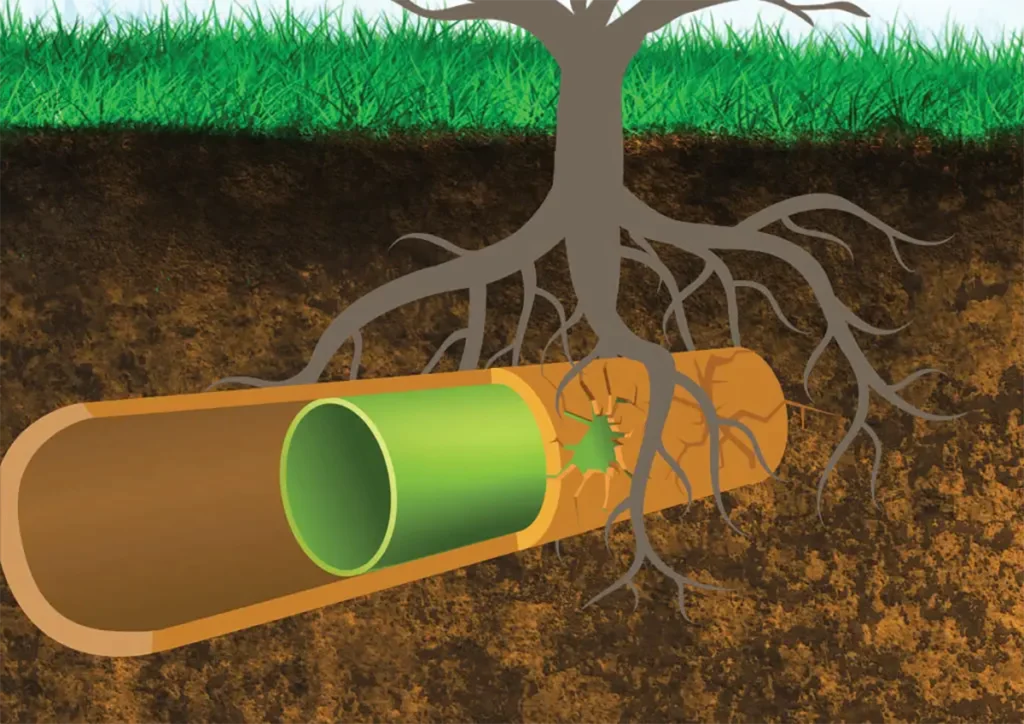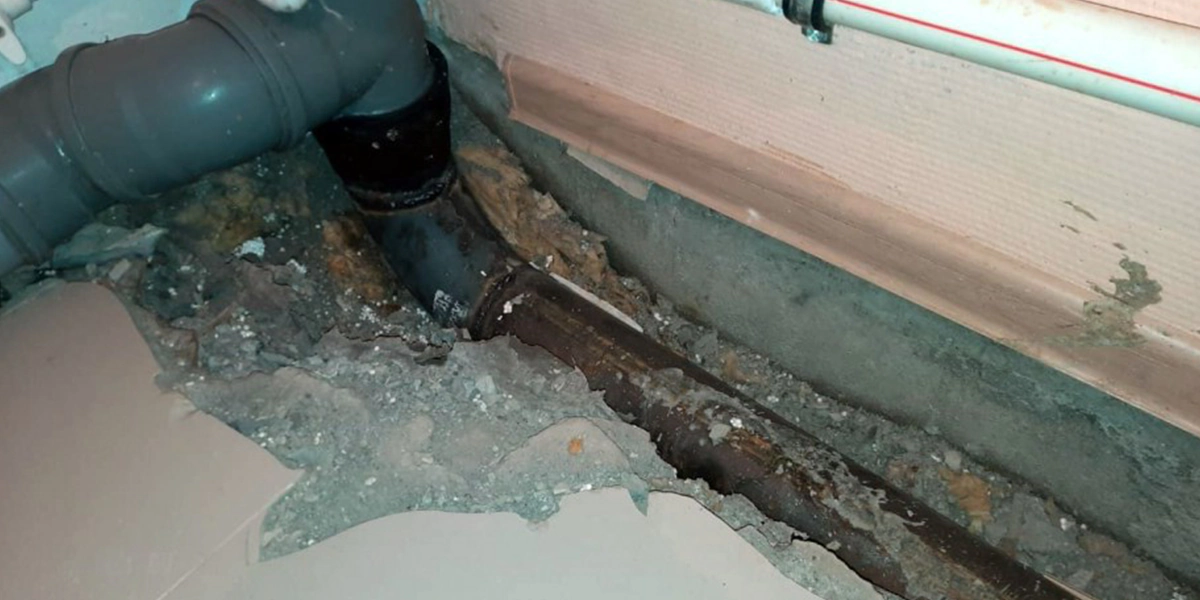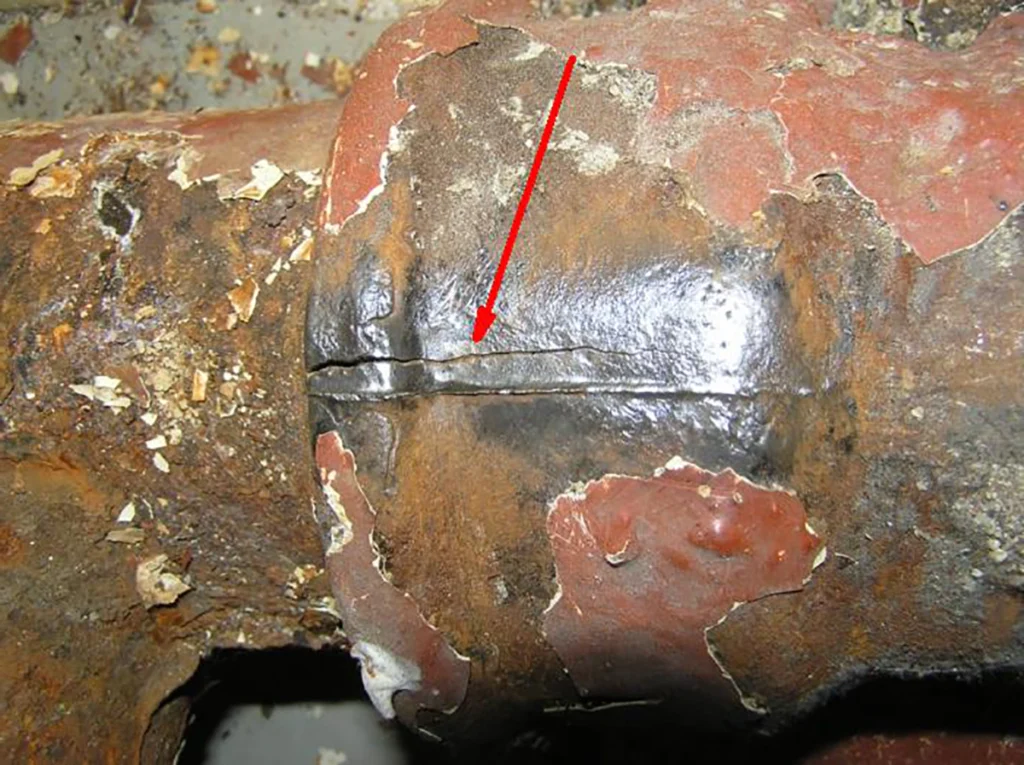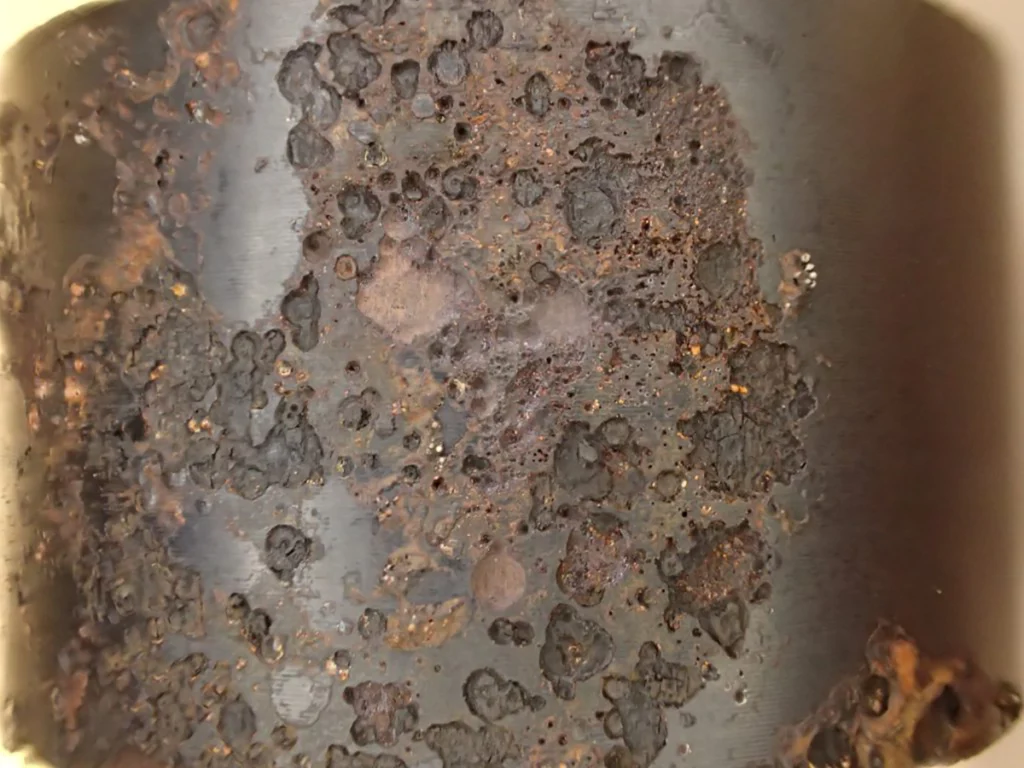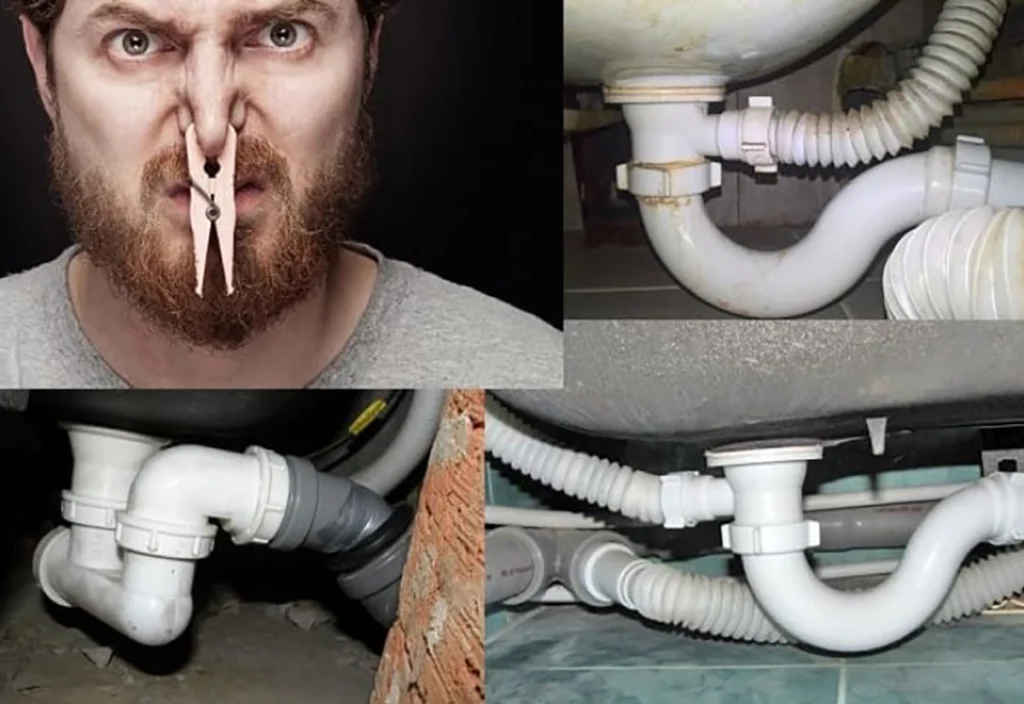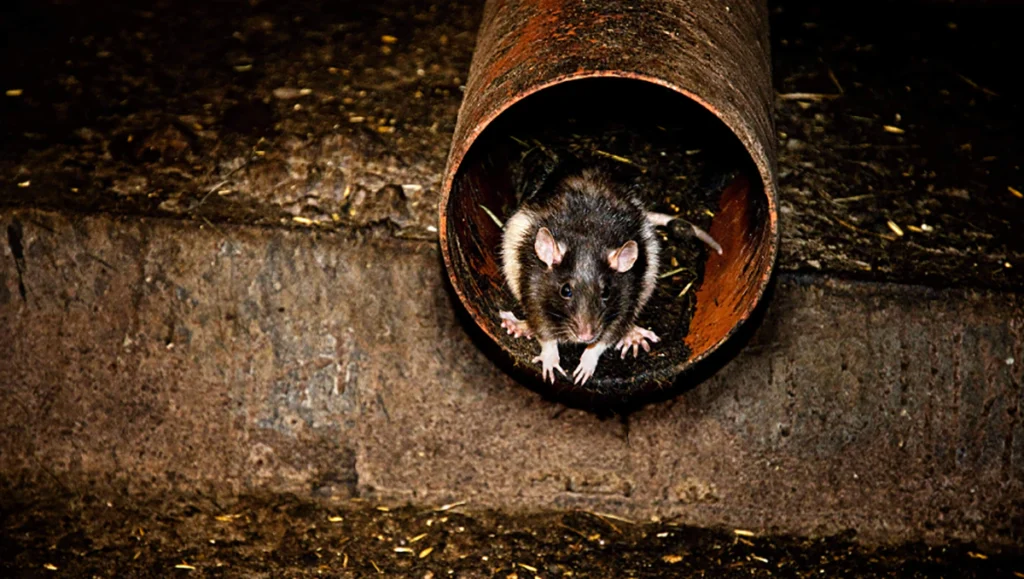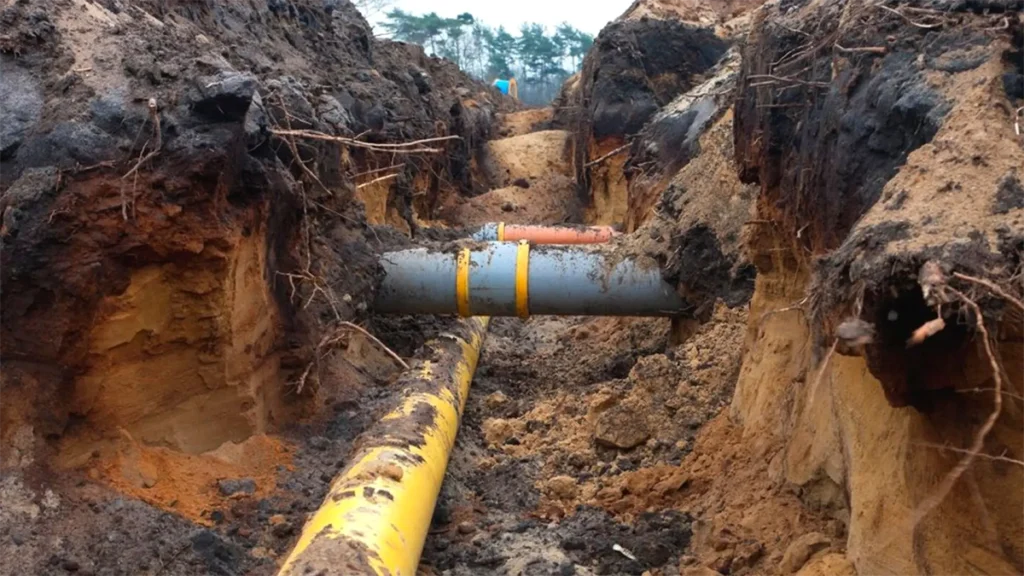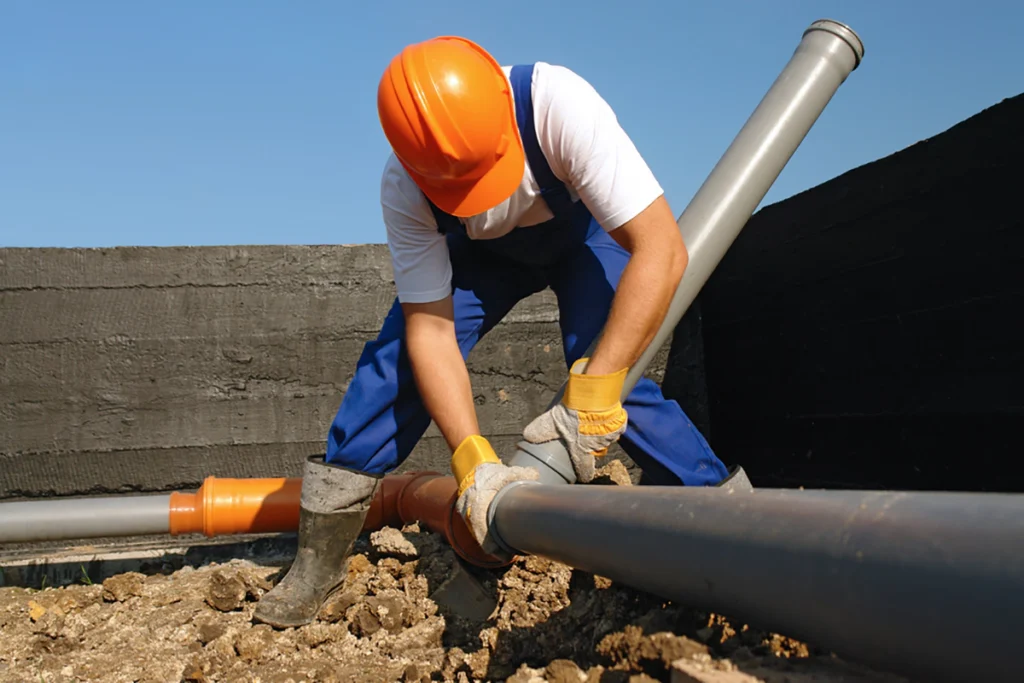In the realm of infrastructure and water distribution, lead pipes have long played a significant role in delivering water to our homes and communities. However, as our understanding of health and environmental risks has evolved, questions about the safety of how dangerous are lead pipes have gained prominence.
What are Lead Pipes?
Lead pipes, historically employed in plumbing systems, are conduits through which water flows to reach households, commercial establishments, and public buildings. These pipes are constructed using lead, a malleable and corrosion-resistant metal. Due to these characteristics, lead pipes were widely used in water supply systems for decades. However, concerns have arisen about the health implications of lead leaching into the water supply, prompting a reevaluation of their use.
How to Identify Lead Pipes?
Identifying lead pipes in your plumbing system is crucial for ensuring water safety, as lead can contaminate drinking water and pose serious health risks. Here are steps to help you determine if you have lead pipes in your home:
1. Inspect the Pipe Color
- Appearance: Lead pipes are generally a dull gray color.
- Scratch Test: Carefully scratch the pipe with a screwdriver. If the pipe is made of lead, the scratched area will be shiny and silver. Over time, the shiny spot will dull as it is exposed to air.
2. Check for Softness
- Soft Metal: Lead is a soft metal. If you can easily make a mark on the pipe with a key or a screwdriver, it’s likely to lead. This test should be done cautiously to avoid damaging the pipe.
3. Examine the Pipe Connections
- Joint Type: Lead pipes are often connected with bulbous joints. These joints are typically “swelled” in appearance and look different from modern welded or glued joints.
4. Consider the Age of Your Home
- Construction Date: Homes built before 1986 are more likely to have lead pipes, as use of lead in household plumbing was common. If your home was built before the 1920s, it’s even more likely to have lead pipes.
- Regulations: Check local building regulations and construction records if possible, as they might indicate the plumbing materials used during construction.
5. Use a Magnet
- Magnetic Test: Lead is non-magnetic, so if a magnet sticks to the pipe, it is not made of lead. If the magnet does not stick, the pipe could be lead or another non-magnetic metal like copper.
6. Professional Testing
- Hire an Expert: If you’re unsure about your assessment, it’s a good idea to hire a professional plumber or an inspector who can conduct a thorough analysis and possibly perform chemical tests to confirm the pipe material.
- Water Testing: You can also have your water tested for lead content, especially if you suspect that your pipes might be leaching lead into your drinking water.
7. Consult Local Water Authority
- Records and Assistance: Your local water authority may have records about the material of the service lines in your area or may offer testing services.
By following these steps, you can determine whether you have lead pipes in your home and take necessary actions, such as replacing them or implementing filtration systems, to ensure your water supply is safe.
Understanding Lead Contamination
Lead contamination in drinking water is a multifaceted issue, stemming from various sources and presenting potential health risks. This article aims to dissect the complexities surrounding lead contamination by addressing the following aspects:
Sources of Lead in Drinking Water
- Aging Infrastructure: In the folds of older edifices and neighborhoods, plumbing systems might bear the mark of lead pipes or solder, a contributing factor to the presence of lead in our faucets.
- Corrosion: The slow dance between water and lead pipes over time can emancipate lead particles, allowing them to mingle with the flowing current. This chemical tango is particularly pronounced when the water’s chemical composition and pH levels align just so.
- Service Lines: Hitherto, service lines forged from lead have linked water mains to individual residences, a conduit that potentially harbors lead and can disseminate it into our waterways.
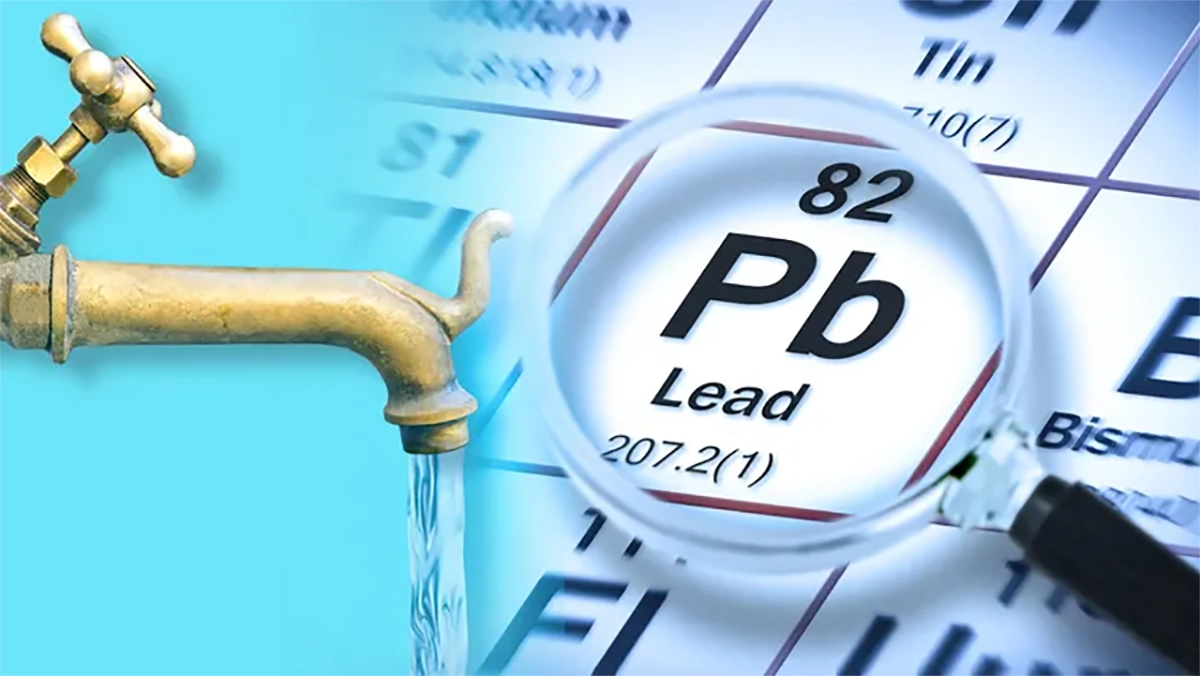
Health Risks Associated with Lead Exposure
- Cardiovascular Effects: Elevated lead levels in adults have been linked to an increased risk of high blood pressure and heart-related complications.
- Other Health Implications: Lead exposure can also affect the kidneys, contribute to reproductive problems, and have general adverse effects on overall well-being.
The Dangers of Lead Pipes
Lead pipes, once hailed for their durability and reliability, now stand under the scrutiny of modern science, revealing a tapestry of dangers woven within their very structure.
| Aspect | Details |
| Health Risks | Lead exposure can cause neurological damage, developmental delays in children, kidney issues, and increased blood pressure in adults. |
| Vulnerable Populations | Pregnant women, infants, and young children are particularly at risk from lead exposure. |
| Water Acidity and Temperature | The risk of lead leaching increases with the acidity (lower pH) and temperature of the water. |
| Duration of Exposure | The health risks associated with lead exposure are cumulative, increasing with prolonged exposure. |
| Detection | Lead contamination is not detectable by taste, smell, or color in water, requiring laboratory tests for detection. |
| Remediation Methods | Use of water filters certified to remove lead, flushing pipes before use, using only cold water for consumption, and replacing lead pipes with safer materials. |
If you suspect your home has lead pipes, it’s important to take immediate steps to reduce your exposure to lead in drinking water and consult with local public health authorities for guidance on testing and mitigation.
Corrosion and Leaching of Lead
A silent transformation takes place within lead pipes, imperceptibly corroding their surfaces over time. As water courses through these pipes, the chemical interactions gradually erode the lead, releasing minute particles into the water supply.
Impact on Water Quality
Water, traditionally a symbol of purity and sustenance, becomes tainted by the touch of lead. As lead particles infuse the water supply, the very quality of the water we rely upon is compromised. The taste, appearance, and odor of water can all be affected, robbing us of the experience of refreshment and nourishment that clean water should provide. The impact on water quality reverberates beyond individual palates, shaping the perception of a community’s overall well-being and infrastructure integrity.
Identifying Lead Pipes in Homes
Amid the silent threat of lead pipes, the task of identification becomes a paramount concern. Many homes, particularly those of older vintage, might harbor these hidden hazards within their walls. To mitigate the risks associated with lead exposure, homeowners and communities must embark on the journey of identifying lead pipes. This process involves inspections, historical research, and collaboration with experts to pinpoint the presence of these potential time bombs. Armed with knowledge, individuals can take the necessary steps to safeguard their families and properties.
Health Effects of Lead Exposure
In the quiet space between exposure and consequence, a myriad of health effects unfurls, each a brushstroke in the larger canvas of lead’s potential harm.
Addressing Lead Pipe Problems
To confront this challenge, we must arm ourselves with knowledge and action. Strategies to address lead pipe problems encompass both short-term mitigations and long-term transformations of our water infrastructure.
Alternatives to Lead Pipes
The imperative to replace lead pipes has spurred the exploration of alternative materials that prioritize safety and sustainability. Several promising options have emerged to ensure the integrity of water distribution systems while safeguarding public health:
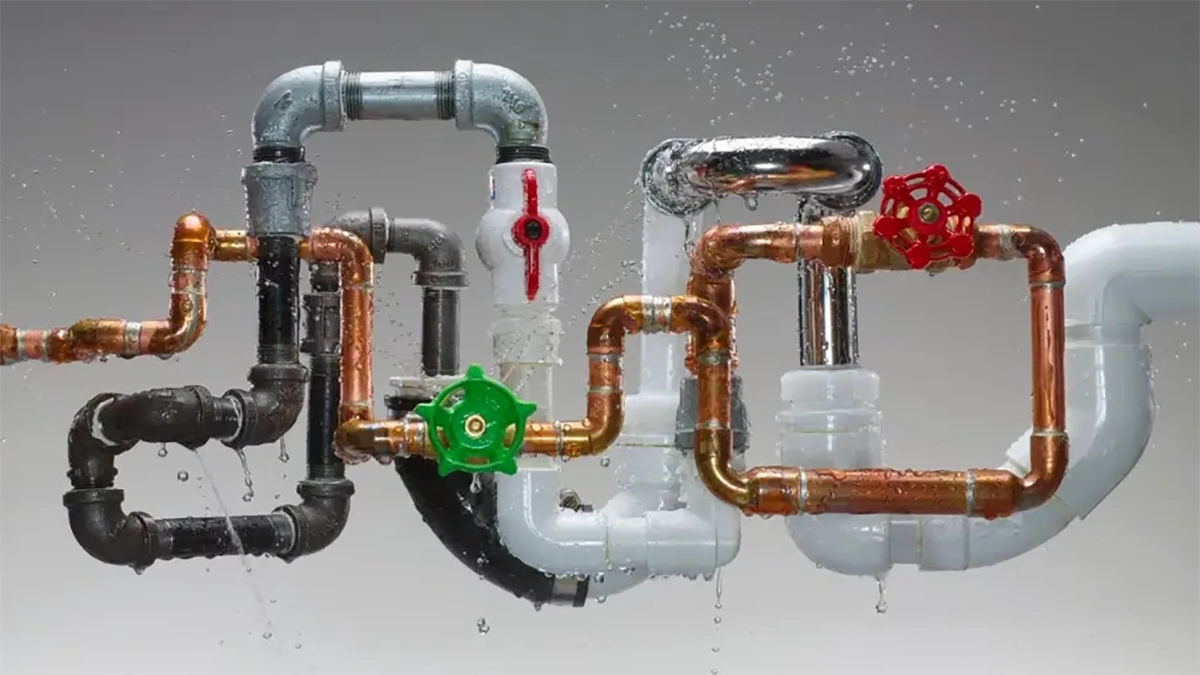
- Copper Pipes: Renowned for their corrosion resistance and durability, copper pipes have stood the test of time. They provide a reliable and safe conduit for water, devoid of the risks posed by lead leaching.
- PEX (Cross-linked Polyethylene) Pipes: Flexible and easy to install, PEX pipes have gained popularity. Their resistance to corrosion and ability to withstand extreme temperatures make them a modern and viable choice.
- PVC (Polyvinyl Chloride) Pipes: Affordable and lightweight, PVC pipes are another alternative. Their resistance to corrosion and absence of leaching ensure a clean water supply.
- HDPE (High-Density Polyethylene) Pipes: Combining strength with flexibility, HDPE pipes offer durability and leak-resistant properties. They are particularly suited for various water distribution applications.
- Corrosion Control Technologies: Innovative coatings and chemical inhibitors can be applied to existing pipes to prevent corrosion and lead release. This approach offers a cost-effective interim solution.
- Full System Replacement: In cases of widespread lead pipe usage, complete system replacement is a comprehensive strategy. By embracing safer materials, communities can eliminate the hazards associated with lead pipes.
In the quest to understand the risks posed by lead water pipes and explore viable alternatives, one fact remains clear: lead pipes are indeed dangerous. The hazards they present, from corrosion and leaching to the potential health effects of lead exposure, cannot be overlooked.
As we stand at the crossroads of knowledge and action, it is imperative that we prioritize the safety of our water supply and the well-being of our communities. By embracing alternative materials and innovative technologies, we have the power to pave the way for a future free from the dangers of lead pipes. The health and security of our society demand nothing less than a concerted effort to replace these risks with solutions that ensure clean, safe, and sustainable water distribution systems for all.
FAQ about the dangers and alternatives to lead pipes
You can check by contacting your local water utility or hiring a professional plumber to inspect your plumbing system.
Repairs might temporarily alleviate issues, but complete replacement is recommended to ensure long-term safety.
Lead pipes are commonly found in older homes, but they could also be present in newer constructions if outdated materials were used.
While the risk is lower than drinking lead-contaminated water, there’s still potential for lead exposure through skin absorption and inhalation of steam.
Lead pipes can corrode over time, releasing lead particles into the water supply, leading to health issues such as developmental problems, cardiovascular effects, and more.

